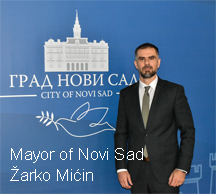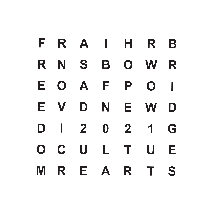”Serbian Athens”
From the very beginning, Novi Sad was a multiethnic town. Serbs have always made the majority of its population, but there were others, too: Germans, Hungarians, Croats, Slovaks, Ruthenias, Greeks, Tzintzars, Jews, Armenians, Romanians, Roma people and others. This multicultural image has not changed. In the 18th century, a traveler wrote about Novi Sad: ”The town is a remarkable example of what tolerance and trade can result in.” From 1748 onwards, a freely elected Magistrate ruled the town. At the said time, Novi Sad had 4,620 inhabitants. According to an agreement made between the Serbs and other citizens, Orthodox and Catholic representatives alternately held the main offices in city administration. In early 19th century, Serbian educator and a language reformer Vuk Stefanovic Karadzic said that Novi Sad was the largest Serbian opscestvo (municipality) worldwide. During the 1848-49 Revolution, the town as bombarded and devastated. With marvelous strength, its citizens rebuilt it and, combining the Baroque with other architectural styles, turned it into a ”Serbian Athens” in the second half of the 19th century, After the First World War and the breakdown of the Austro-Hungarian Empire, Novi Sad – with the rest of Vojvodina – made a historic decision, one to become part of Serbia, which implied entry into the newly-founded Kingdom of Serbs, Croats and Slovenians, renamed as Yugoslavia in 1929. In the 20th century, Novi Sad continued its unpretentious cultural and economic growth along the Danube’s banks, to develop into a modern European city with boulevards and huge buildings, such as the magnificent Banovina Palace (government building), one of its landmarks. After the tragic events of the Second World War and great human loss, Novi Sad grew rapidly and ex pended in all directions.











